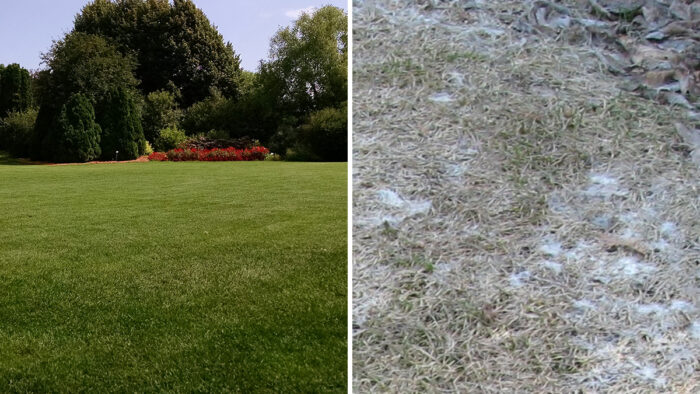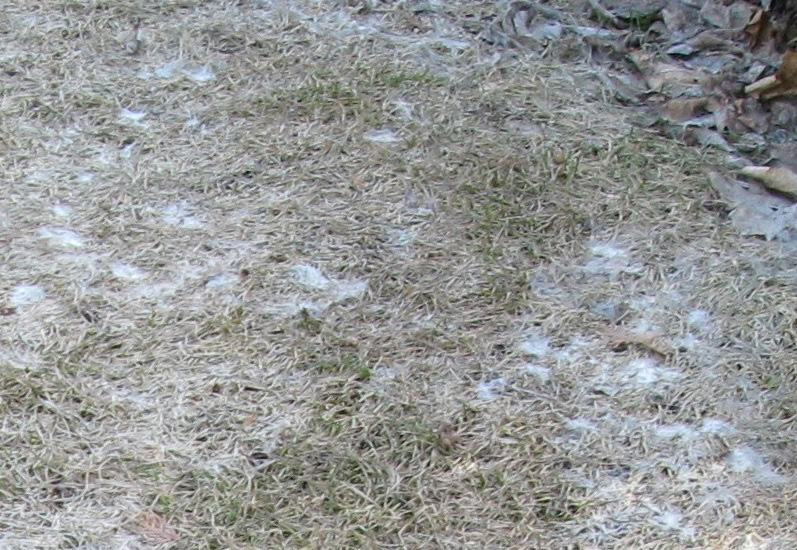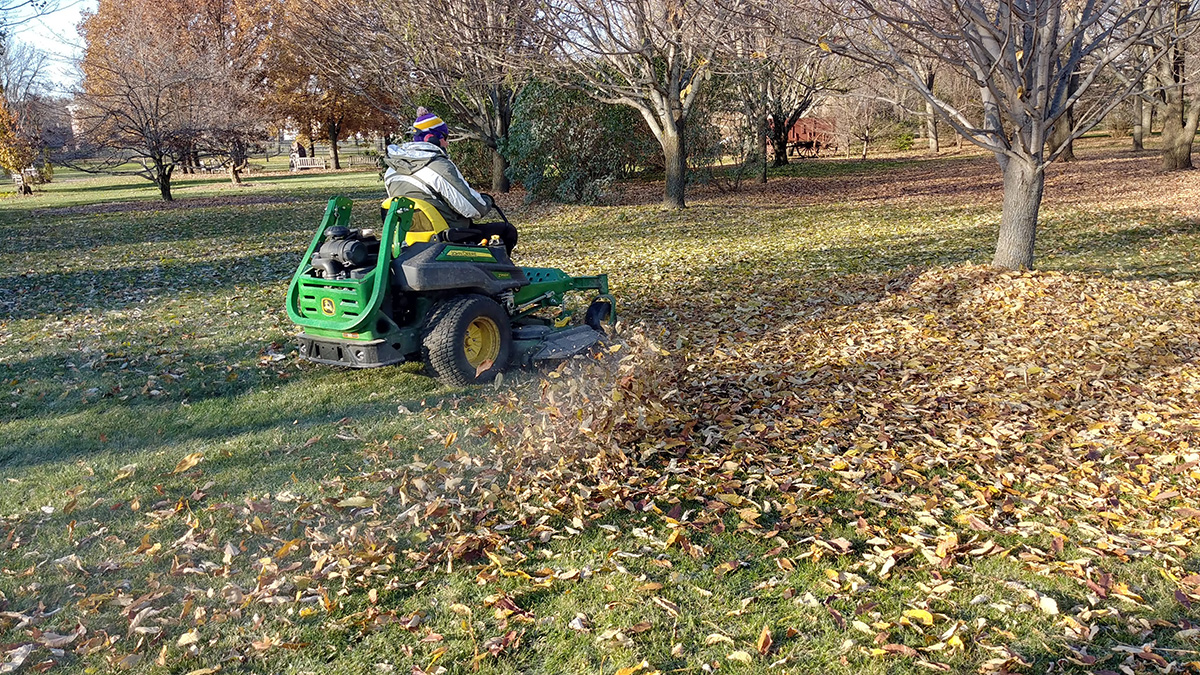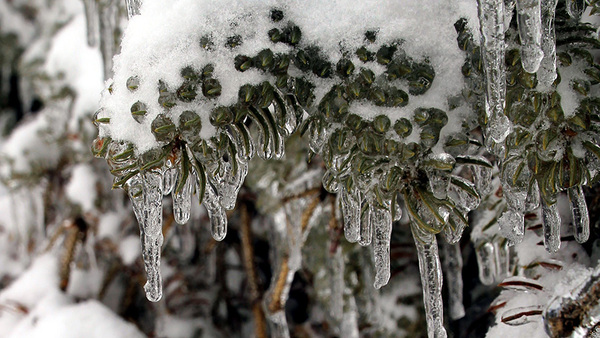
One of my favorite signs of spring is brown winter grass turning green again. Unfortunately, that beautiful sight is often marred by unsightly patches of snow mold, a lawn fungus that grows happily under the snow during winter, resulting in dead patches in an otherwise healthy lawn or landscape. Thankfully, dealing with the aftermath is just as easy as it is to prevent it from occurring.

Snow mold may have a different look depending on the type of fungus. There are many different types of snow mold, but the two most often seen are gray snow mold and pink snow mold. Gray snow mold usually has a light gray appearance and is often located under larger, slower-melting snow drifts, where it kills and feeds on surface plant material. Often the grass will recover on its own once the weather warms, but if the soil remains wet for months, death of the roots can take place, resulting in dead patches of turf or dead plants (in some cases, snow mold affects perennials) in areas as small as a few inches wide up to several feet in diameter. Pink snow mold is a little different in that it can occur with or without snow cover and is often pinkish in color with a rust-colored border, reaching up to a foot in diameter across in lawns. You may hear pink snow mold called a micodochium patch when it occurs without snow cover. A general rule of thumb is to anticipate snow mold to be mild if snow cover lasts 40 to 60 days, moderate if it lasts 60 to 90 days, and severe with 90 days or more of consistent snow cover.
Prevention
If you routinely have issues with snow mold in your lawn and are curious if there are disease-resistant species of turfgrass, you can end your search before it begins. Nearly all species of cool-season turfgrass are susceptible to snow-mold formation. Using preventive fungicides may sound like a good idea, but it is generally not recommended for homeowners.

Preventive control options are the same for both types of snow mold and focus on reducing favorable conditions for fungal growth. Avoiding late-season applications of fertilizer, keeping up with fall mowing to prevent matting, and routine mulching or removal of piles of leaves are easy ways to reduce potential outbreaks. During snow removal, avoid consistently piling snow along driveways and sidewalks or in one particular area.
Recovery
In the spring, recovery efforts include raking matted grass patches to increase air movement and physically removing the dead material. Turf and plants can usually shrug off the effects and recover, but in severe cases reseeding or replanting perennials may be needed.
—Chris Schlenker is horticulture and grounds manager at McCrory Gardens of South Dakota State University in Brookings, South Dakota.


















Comments
Log in or create an account to post a comment.
Sign up Log in